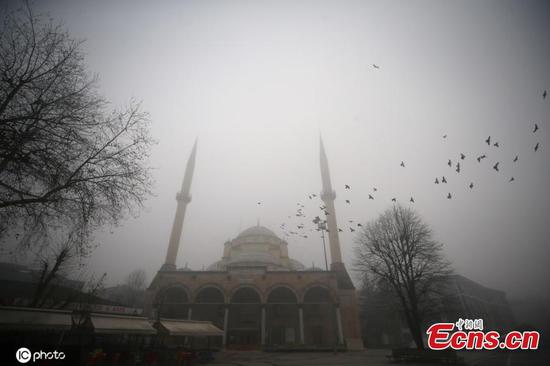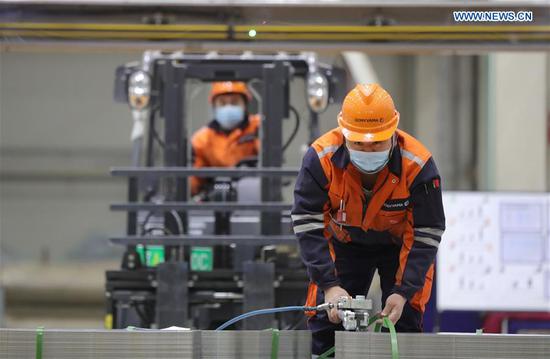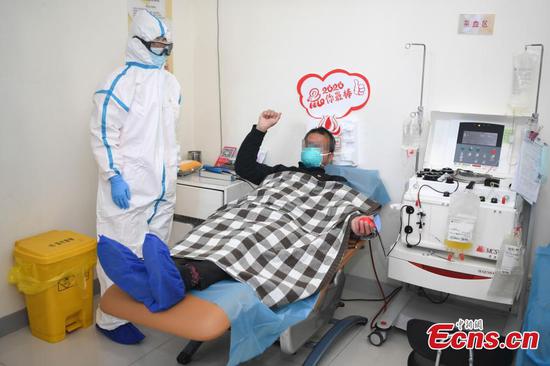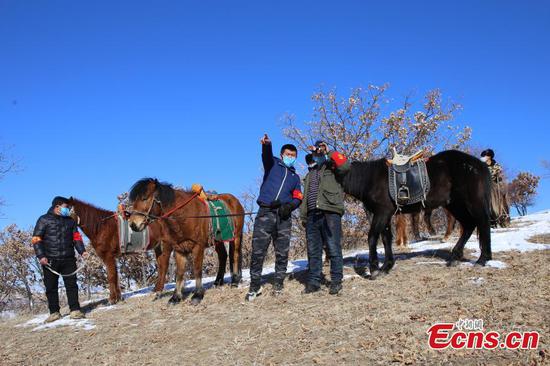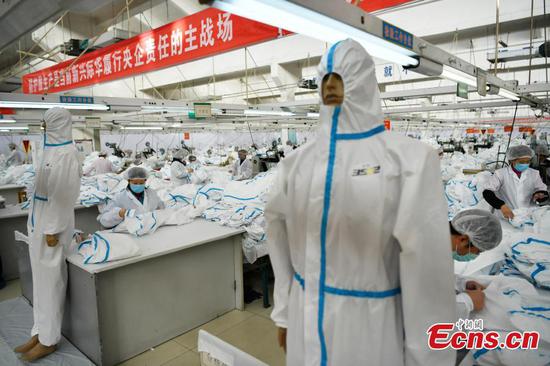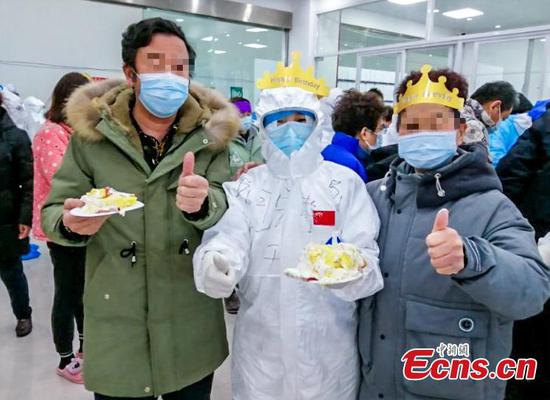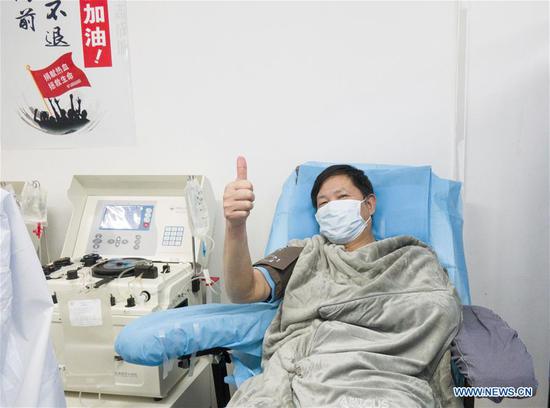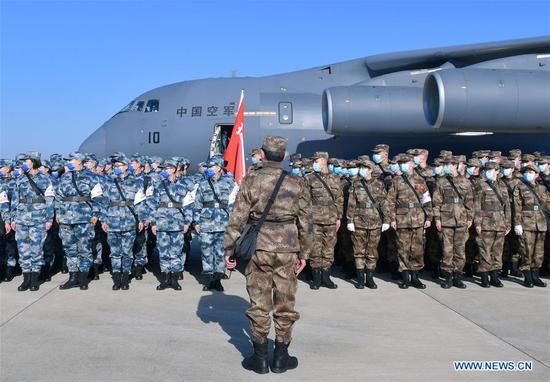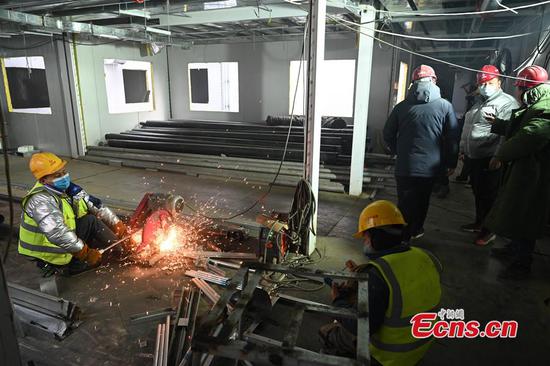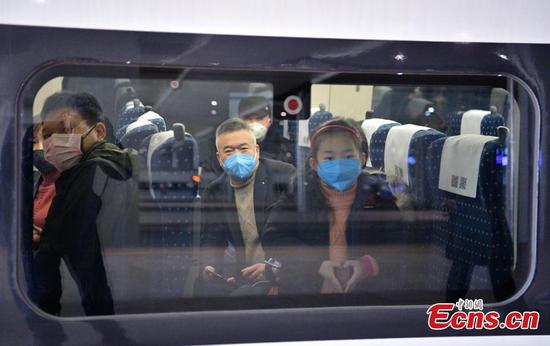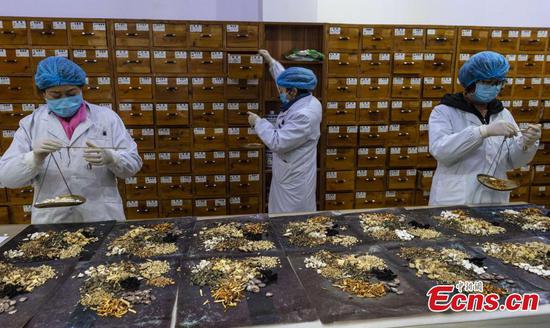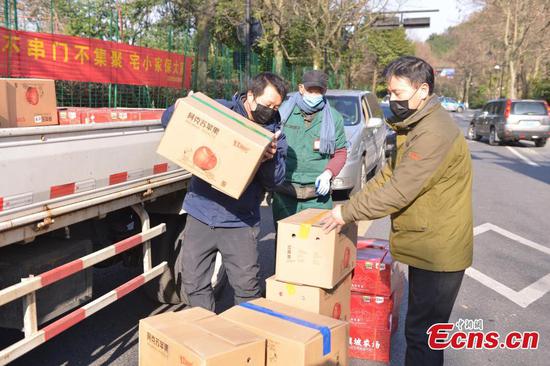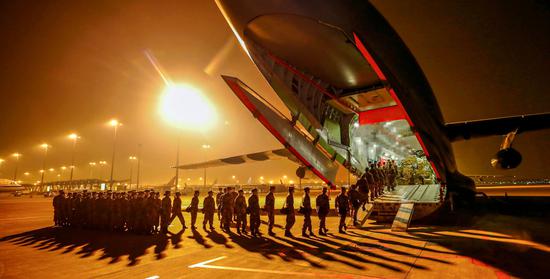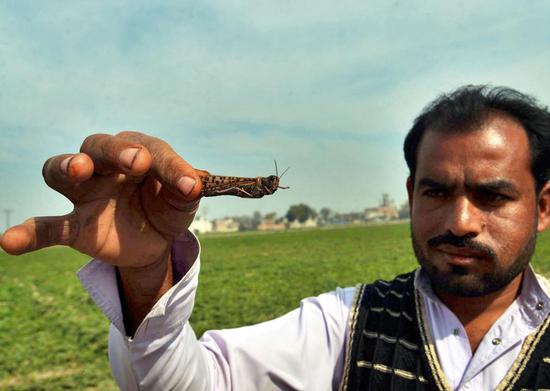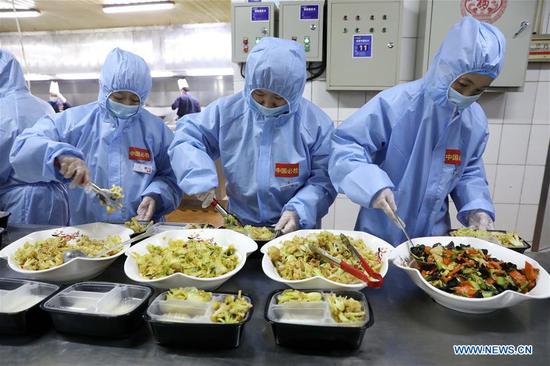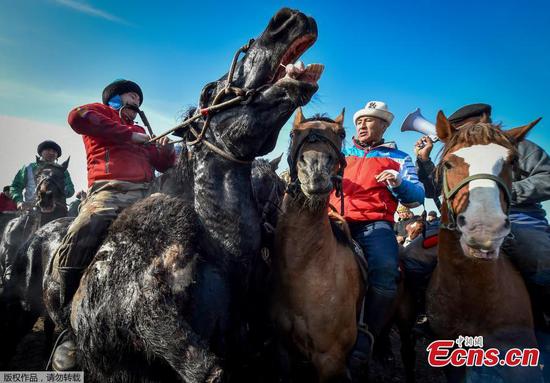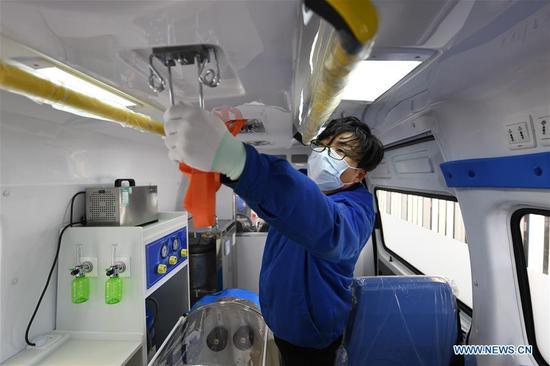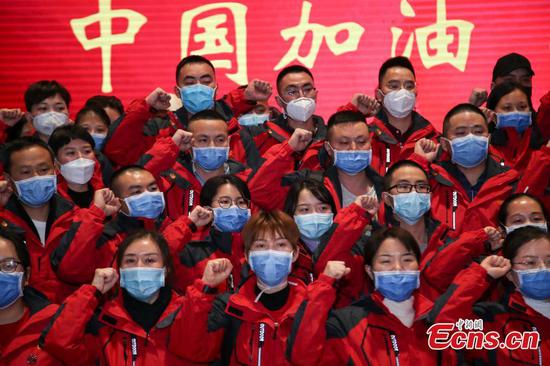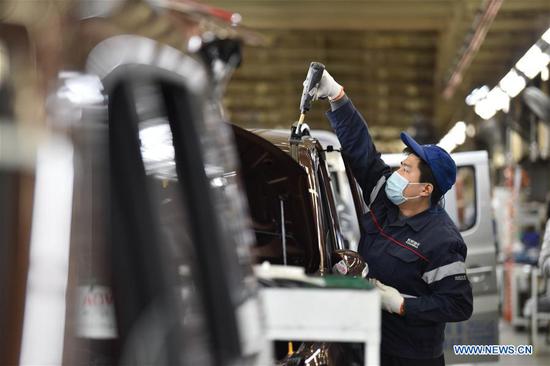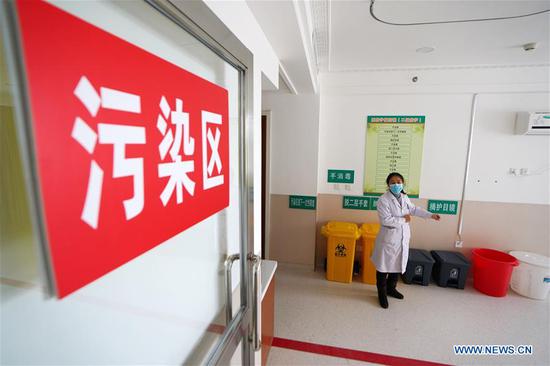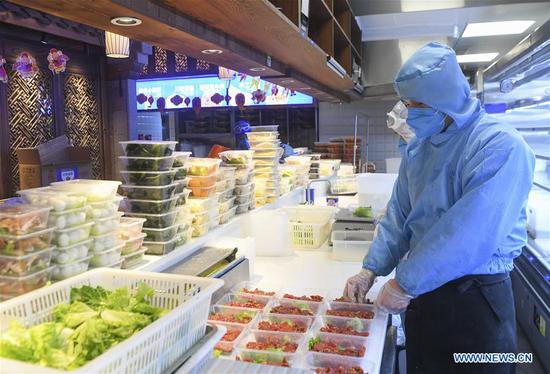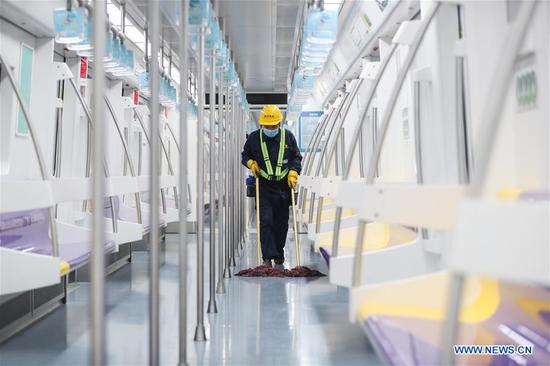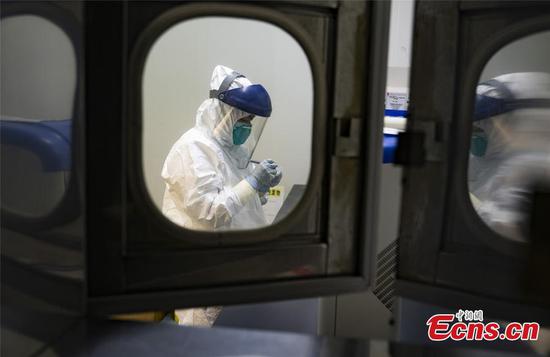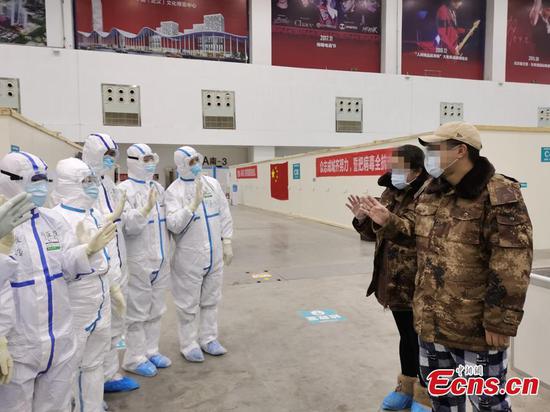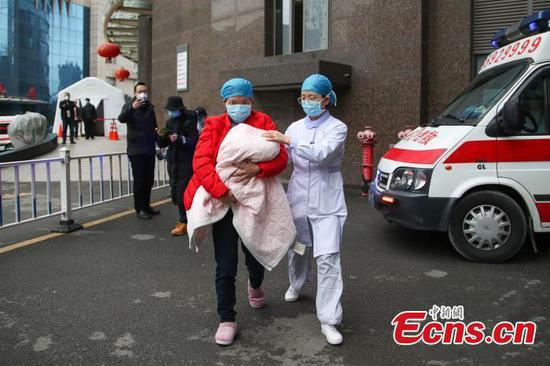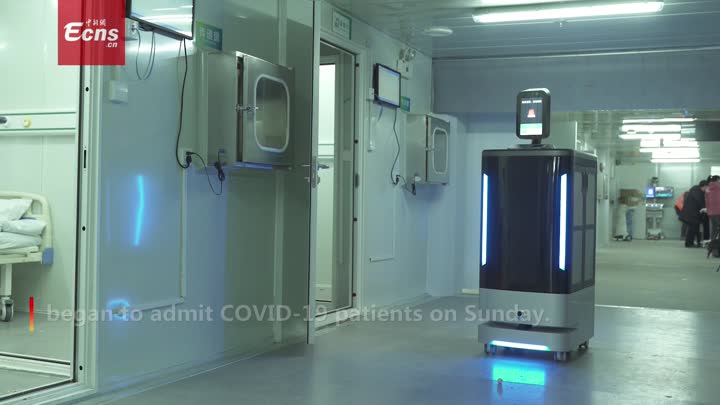The World Health Organization (WHO) Director-General Tedros Adhanom Ghebreyesus on Tuesday mourned the death of a Chinese hospital chief who died of novel coronavirus earlier in the day in Wuhan, the epicenter of the current COVID-19 outbreak.
"My deepest condolences to the family of Dr. Liu Zhiming, his colleagues and patients for this enormous loss," the WHO chief wrote on Twitter on Tuesday.
Liu "touched and saved numerous lives in the COVID-19 outbreak," Tedros said, adding that "my thoughts are with them and all the front-line health workers fighting the virus."
An eulogy issued by the local health commission said Liu, 51, head of the Wuchang Hospital in Wuhan, had made important contributions to the city's epidemic prevention and control while leading all medical personnel of Wuchang Hospital on the front line to fight against the epidemic.
A total of 1,716 Chinese medical workers had been infected with the novel coronavirus by Feb. 11, and six of them have died.
Also on Tuesday, the WHO on issued a guidance on the rights, roles and responsibilities of health workers as its latest move in its response to the current COVID-19 outbreak, highlighting the rights and responsibilities of health workers, including specific measures needed to protect occupational safety and health.
Noting that health workers are at the front line of any outbreak response, the WHO guidance said that the hazards include pathogen exposure, long working hours, psychological distress, fatigue, occupational burnout, stigma, and physical and psychological violence.
According to the guidance, employers in health facilities should assume overall responsibility to ensure that all necessary preventive and protective measures are taken to minimize occupational safety and health risks, and to familiarize personnel with technical updates on COVID-19 and share infection prevention and control information with patients and the public.
They should also provide a blame-free environment for workers to report on incidents, such as exposures to blood or bodily fluids from the respiratory system or to cases of violence, and to adopt measures for immediate followup, including support to victims.
The guidance suggests that health workers swiftly follow established public health reporting procedures of suspect and confirmed cases and provide or reinforce accurate infection prevention and control and public health information.










